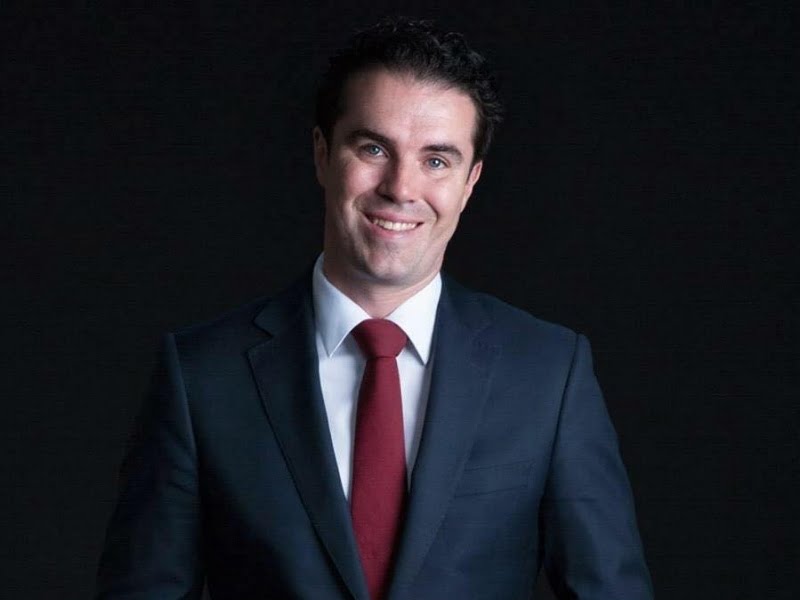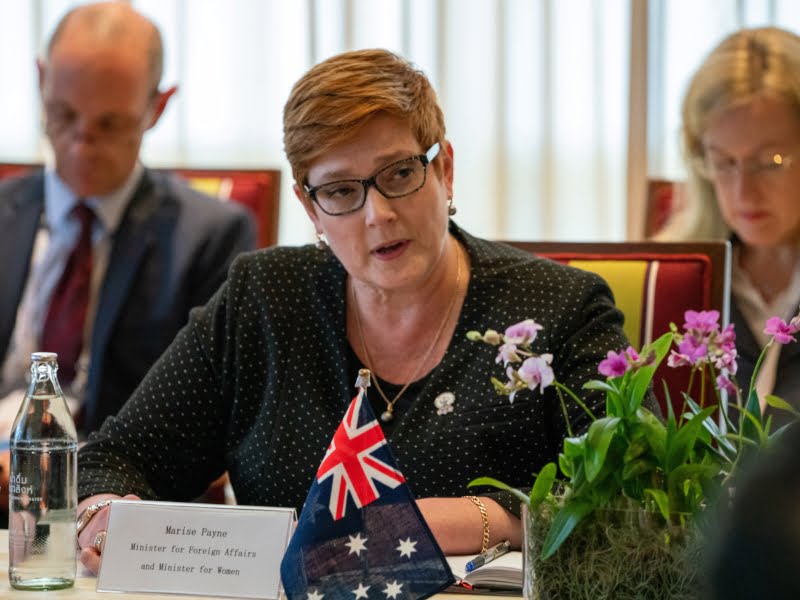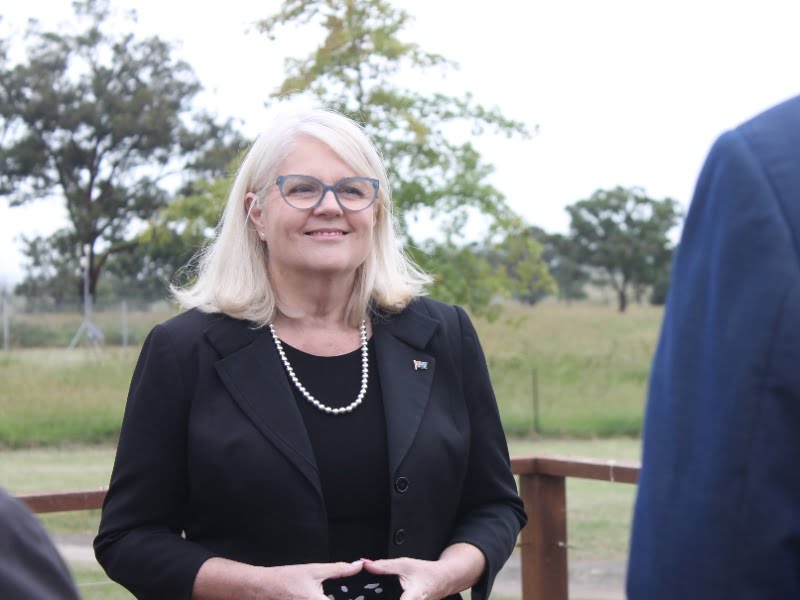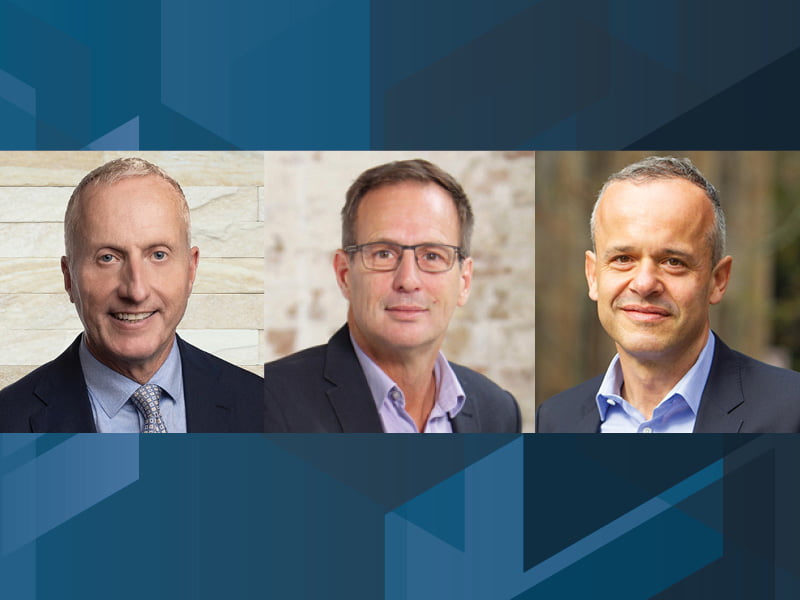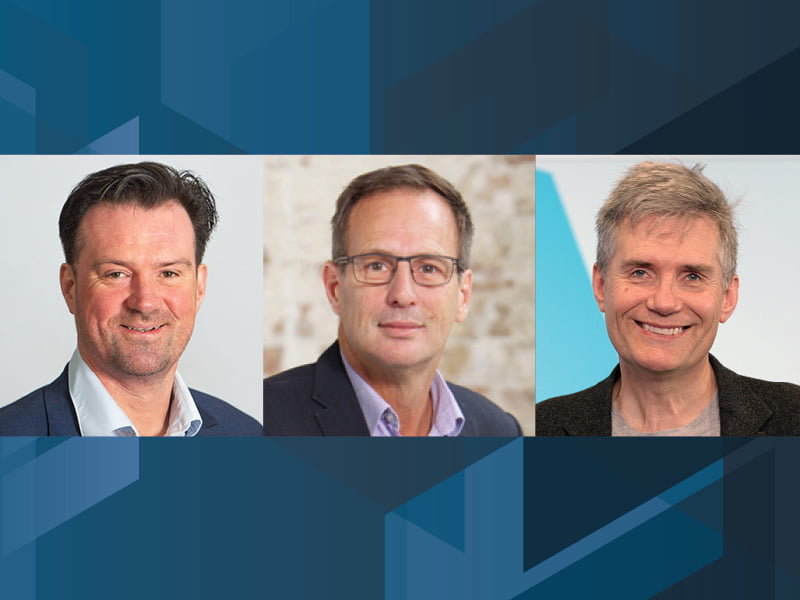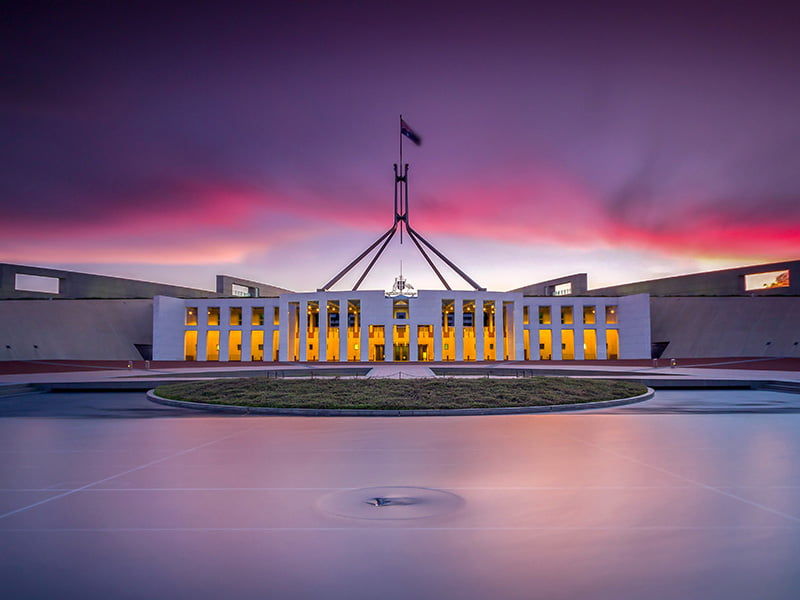The Department of Defence has funded three more Australian universities for their work with a US counterpart on cybersecurity research that could one day benefit defence forces.
$3 million of the department’s emerging technology fund will be shared by researchers at the University of Melbourne, Macquarie University and the University of Newcastle for their joint project to develop autonomous cyber security systems.
The work is exploring how cyber bots can learn from and form teams with each other and humans to combat cyber threats.

The project also involves the University of Wisconsin and the funds will come via the Australia—US Multidisciplinary University Research Initiative, a nine-year $25 million program to fund Australian and US universities’ joint projects on areas of high priority for Defence.
The program is part of Defence’s Next Generation Technologies Fund’s (NGTF).
The NGTF was established in 2016 with $600 million to back research and development of technology for the “future Defence force after next” over ten years. It was topped up last year to $1.2 billion and extended to 2030.
InnovationAus can reveal less than $220 million from the NGTF has been allocated so far including the latest universities projects, meaning around 18 per cent of funds have been used, more than a third of the way into the projected lifespan.
“As at 31 May 2021, the NGTF has funded a total of 282 activities worth $211 million. This includes both completed and active arrangements,” A department of Defence spokesperson told InnovationAus.
The latest project to be funded is the joint cyber initiative between the University of Melbourne, Macquarie University, the University of Newcastle and the University of Wisconsin.
The project aims to develop autonomous cyber security systems through “robust and effective teaming of bots and humans”.
“The joint project, led in Australia by the University of Melbourne, will explore how cyber bots can learn and form teams, either amongst themselves or with humans, to counter cyber threats,” Department of Defence chief science engagement and impact division Dr Kershaw said.
“Improved security through cyber autonomy is critical for Defence’s future in highly challenging and adverse environments.”
Last week, the Department of Defence announced it had funded quantum technology and 3D printing projects through the same program, with $4 million being shared by teams from Griffith University, the University of Technology Sydney, the University of New South Wales, and the University of Sydney.
The Department of Defence is still seeking research and development proposals from Australian universities and small to medium enterprises to support Defence capability, and has urged universities to take advantage of the “hug opportunity” to partner with the well funded department.
The post Defence adds $3m to university cyber research appeared first on InnovationAus.
This post was originally published on InnovationAus.



